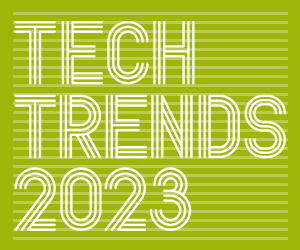Personalized Savings and Investment Recommendations
Asset managers can use NLP to uncover potential investment opportunities by using AI to predict stock market performance and conduct semi-log optimal portfolio optimization. They can also manage downside risks and monitor the impact of rapidly evolving financial markets to guide their clients in real time.
However, future bank customers won’t need an asset manager to access personalized savings and investment recommendations. Instead, they will use NLP-powered transactional bots that serve as financial advisers. These bots will help customers manage savings, investments and other financial plans.
Already, the technology has shown impressive results. The downloadable app Cleo, for instance, is a personal financial assistant currently helping over 3.1 million users effectively budget and save in alignment with their personal financial goals.
And it’s working: 78 percent of users report a decrease in financial worry thanks to AI. With JPMorgan Chase developing a ChatGPT-like AI service to help customers select investments, it’s only a matter of time before digital financial advisers become routine.
LEARN: Don't miss a chance to meet your new friend the AI-bot.
Automated and Anticipatory Decision-Making
Just as NLP is helping banks automate and anticipate money management solutions unique to the customer, high-performance computing is driving AI and predictive decision-making for banks. These supercomputing solutions makes it possible for AI to anticipate and automate document processing, particularly in acquisition and servicing, such as loan underwriting. This not only lowers operating costs for banks, but also accelerates the speed at which customers receive their financial information.
AI Is Paving the Way for a Seamless Omnichannel Experience
AI will provide the speed and agility needed to onboard customers to a variety of technology platforms. The transition so far has proved to be smooth and scalable as customers reap the benefits of an omnichannel experience, unaffected by staffing shortages or significant wait time.
From powering visualization technologies, such as dashboards, to engaging with users 24/7 via NLP chatbots, AI will be pivotal to creating a unified, personalized experience across banking platforms. Whether in person or online — or even while switching between devices or apps —customers can expect a consistent banking experience.
READ ON: Discover what tech investments financial services are prioritizing this year.











